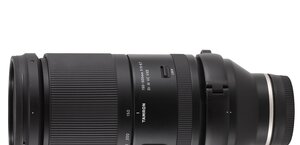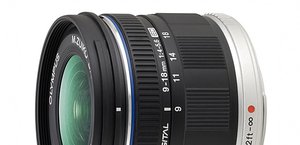Canon EF 400 mm f/4 DO IS II USM
5. Chromatic and spherical aberration
Chromatic aberration
Photos below prove that the tested lens doesn’t have almost any problems with the longitudinal chromatic aberration. At the maximum relative aperture and in blurry areas positioned further on you can find some slight colouring but on stopping down the lens to f/5.6 that slight effect disappears completely.
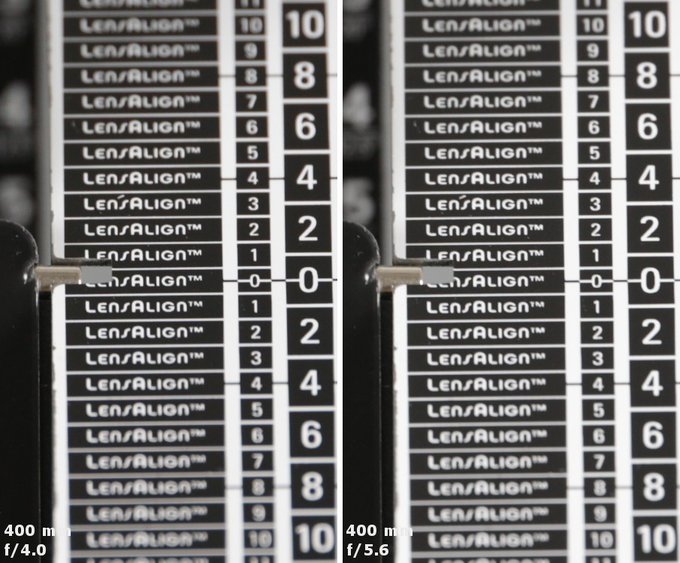 |
Please Support UsIf you enjoy our reviews and articles, and you want us to continue our work please, support our website by donating through PayPal. The funds are going to be used for paying our editorial team, renting servers, and equipping our testing studio; only that way we will be able to continue providing you interesting content for free. |
- - - - - - - - - - - - - - - - - - - - - - - - - - - - - - - - - - - - - - - - - - - - - - - -
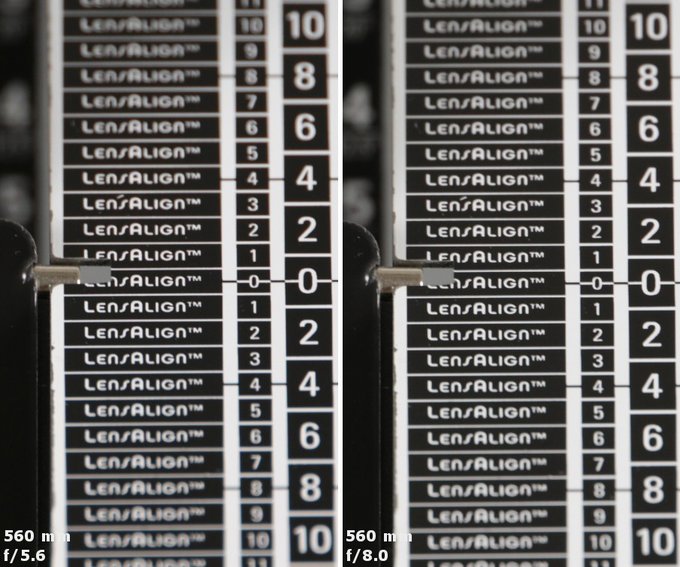 |
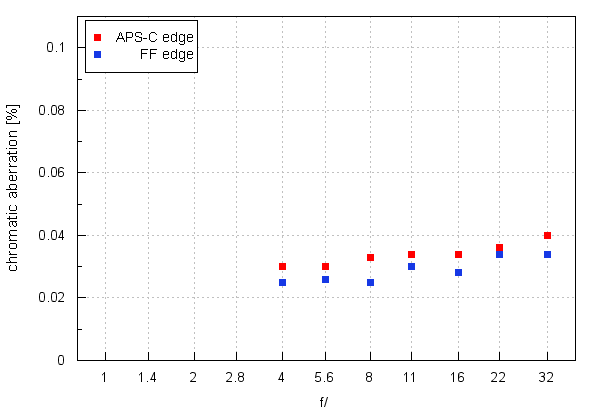
Values below 0.04% we consider to be negligible so the correction of that aberration performed by the Canon EF 400 mm DO II can be only praised.
A very similar performance is observed after attaching the 1.4x teleconverter.
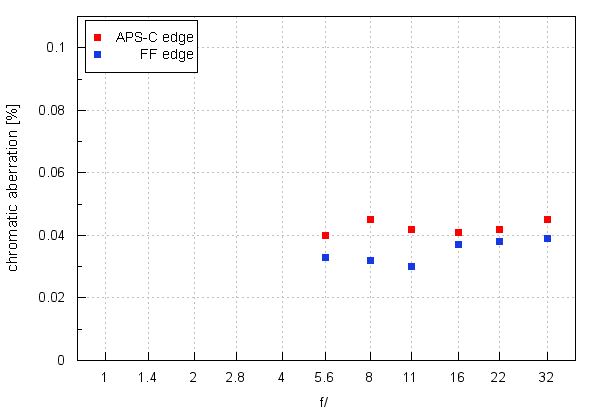
The results increased but only slightly and still are close to 0.04%. It seems no matter whether you work with the bare lens or you add the teleconverter to it, the lateral chromatic aberration won’t bother you in the slightest.
| Canon 5D III, RAW, 400 mm, f/4.0 | Canon 5D III, RAW, 400 mm, f/8.0 |

|

|
Spherical aberration
First photos of this chapter don’t show any ‘focus shift’ effect. Light circles in crops presented below, which we got in front of and behind the focus, seem to be identical. The differences between them stem mainly from the fact of using DO technology, not because of spherical aberration. It seems the tested lens doesn’t experience any serious problems related to spherical aberration, especially that the image you get at the maximum relative aperture is of very good quality, properly contrasted and without ‘foggy’ areas which are typical for instruments with badly corrected aberration of that type.
| Canon 5D III, 400 mm, f/4.0, in front of | Canon 5D III, 400 mm, f/4.0, behind |
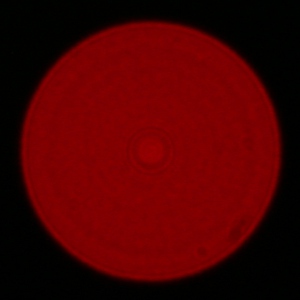
|
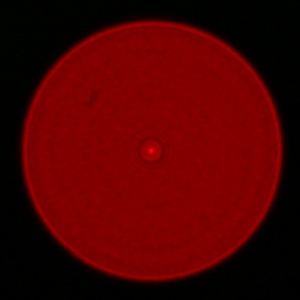
|
| Canon 5D III, 560 mm (TC), f/5.6, in front of | Canon 5D III, 560 mm (TC), f/5.6, behind |
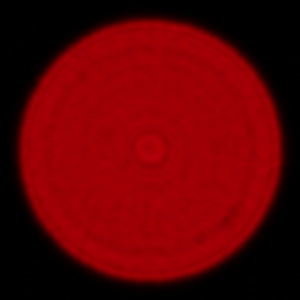
|
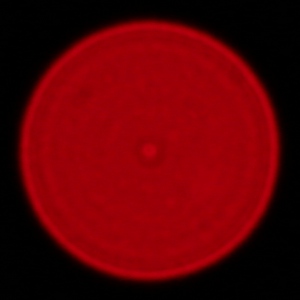
|




